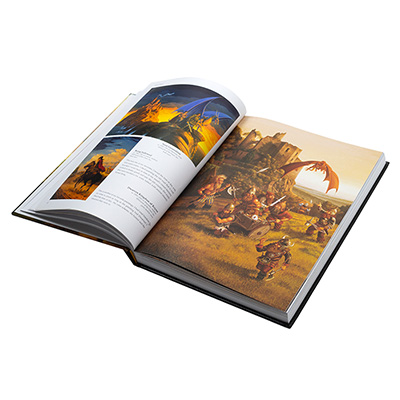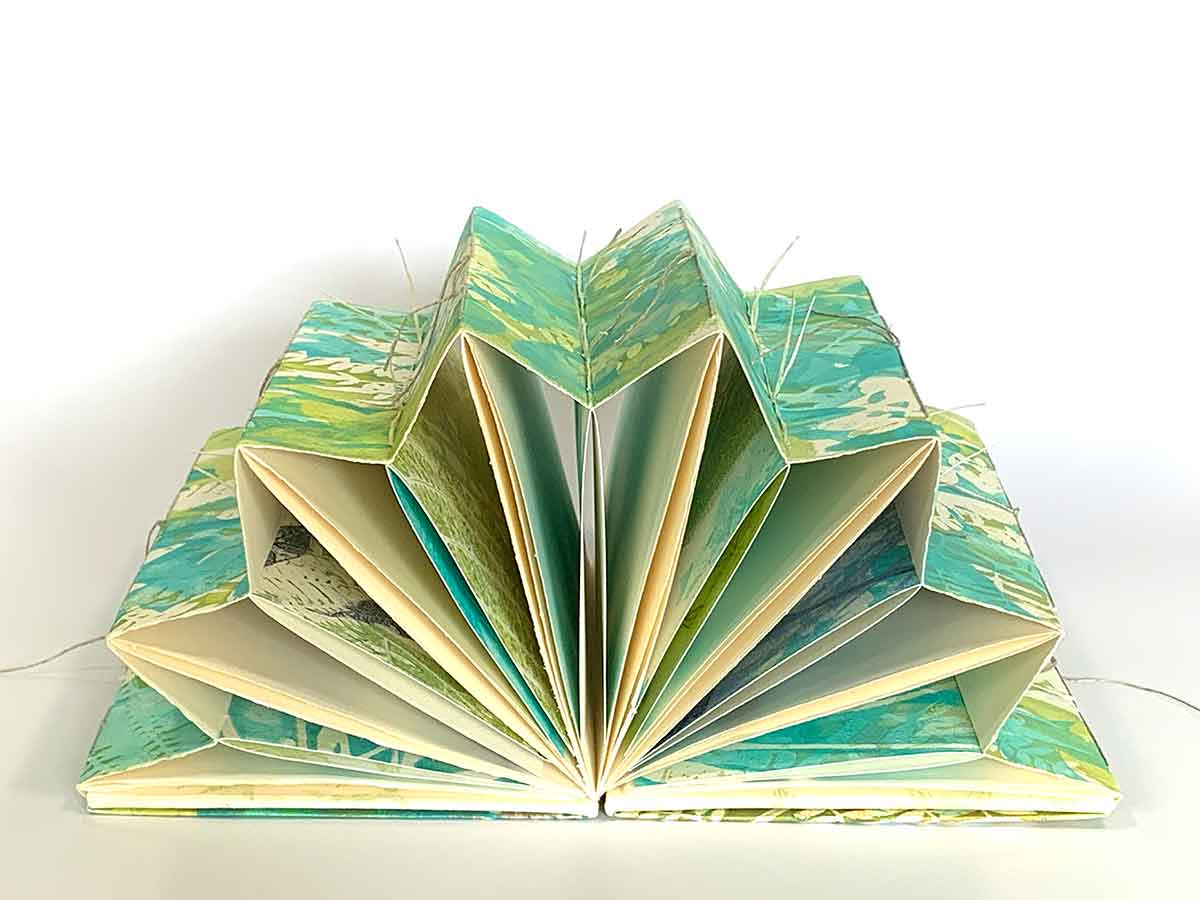Comprehending the Process Behind Top Notch Art Book Printing for Art Enthusiasts
When it comes to top quality art book printing, recognizing the intricacies of the procedure can boost your appreciation for the final product. As you discover the different parts of art book printing, you'll discover understandings that might change your point of view on art conservation and presentation.
The Relevance of Paper Selection in Art Book Printing
When it concerns art book printing, the choice of paper can make or damage the final product. You desire your art work to beam, and the best paper boosts shade vibrancy and detail. Think about variables like weight, texture, and surface; these elements significantly influence how visitors regard your work.
For example, a much heavier stock communicates high quality and durability, while a distinctive surface can add deepness to pictures. Smooth paper is excellent for detailed recreations, permitting great lines and subtle shades to show up crisp.
Don't ignore the paper's brightness; a brighter sheet can aid shades pop, making your art extra appealing. You'll likewise want to think concerning exactly how the paper interacts with inks and whether it can handle the printing process without warping or bleed-through. Inevitably, selecting the appropriate paper sets the stage for your art, ensuring it records the target market's attention just as you visualized.
Selecting the Right Inks for Dynamic Reproductions
Picking the appropriate inks is just as vital as selecting high quality paper to achieve dynamic recreations in your art book. When you're publishing art work, you desire shades that pop and accurately stand for the initial piece. Decide for inks with a high pigment concentration; these tend to generate richer and extra saturated shades.
You could consider making use of archival inks, which withstand fading in time, guaranteeing your art book stays as striking as the day it was printed. If you're dealing with photographs or electronically created art, pigment-based inks can provide a bigger color range, improving detail and depth.
Don't neglect regarding the surface! Matte and shiny inks can dramatically change the appearance of your artwork, so consider the appearance you're aiming to attain - art book. Ultimately, the appropriate ink choice enhances your paper choice, developing a sensational visual experience for your readers
The Duty of Color Administration in Print Quality
Shade management plays an important function in accomplishing high print quality for your art book. It guarantees that the shades you see on your screen translate properly to the published page. Without effective color management, your lively artworks might show up dull or distorted, weakening your imaginative vision.
To start, calibrate your screen on a regular basis. This action aids keep consistent shade representation. Next, use color accounts customized for your printer and paper type. These profiles direct the printer in replicating shades precisely, decreasing discrepancies between digital and printed variations.
When you prepare your documents, consider utilizing a color room like Adobe RGB or CMYK, depending on your printer's requirements. Constantly evidence your job, too; an examination print can disclose any kind of possible color issues before the last run. By prioritizing color administration, you protect the integrity of your art, guaranteeing your audience experiences it as you meant.

Understanding Various Binding Methods
Achieving the best seek your art book exceeds color monitoring; binding strategies likewise play a significant role in its total discussion and durability. You have a number of choices to assess, each with its very own distinct characteristics.
If you're intending for a specialist feeling, case binding offers a tough alternative with a tough cover, ideal for showcasing your artwork. On the other hand, ideal binding offers a flexible spinal column while keeping prices down, making it a preferred choice for softcover publications.
Spiral binding allows your art book to lay level, which is great for displaying photos without blockage. Saddle stitching is excellent for smaller sized booklets, providing a clean finish without the mass.
Inevitably, the binding method you select need to reflect your imaginative vision and just how you want visitors to engage with your work. Make sure to evaluate these choices very carefully to achieve the most effective outcome for your job.
The Impact of Print Size and Layout on Discussion
While the option of print size and design may appear secondary to more info web content, they substantially click here influence how your artwork is viewed. The dimensions of your prints can either enhance or lessen the effect of your items. Bigger prints can draw visitors in, allowing them to value complex details, while smaller sized layouts might need more intimate interaction.

Preservation Techniques for Resilient Art Books
To assure your art publications stand the examination of time, it's important to implement efficient conservation strategies. Beginning by keeping them in a great, completely dry environment, away from direct sunlight and humidity. This stops fading and warping, keeping your pages intact. Use acid-free storage boxes or safety sleeves to secure them from dirt and physical damage.
When managing your books, constantly wash your hands or wear cotton handwear covers to stay clear of oils and dust moving onto the pages. Stay clear of flexing or creasing the backs; instead, utilize book sustains when showing them.
For added defense, think about buying archival-quality materials for any kind of fixings or enhancements. Regularly inspect your collection for signs of wear or damages, dealing with issues immediately. By adhering to these straightforward approaches, you can ensure your art publications continue to be vivid and easily accessible for several years to come, maintaining their appeal and value for future generations.
Collaborating With Printers for Ideal Results
When you're all set to publish your art book, picking the right printer is necessary to attaining your vision. Clear communication regarding your expectations and requirements will certainly help guarantee that both you and the printer are on the same page. Allow's discover just how to make this partnership as seamless and efficient as feasible.
Choosing the Right Printer

Effective Interaction Strategies
Reliable communication is vital for transforming your art book vision into fact, particularly read more when collaborating with printers. art book. Start by clearly detailing your project's goals, consisting of layout elements, preferred materials, and any kind of details printing techniques. Don't hesitate to share your motivations and recommendations; this helps the printer understand your aesthetic
Be open to feedback, as printers usually have important insights that can improve your task. This partnership will guarantee that your art book satisfies your assumptions and beams in its last type.
Regularly Asked Inquiries
What Are Typical Mistakes to Prevent in Art Book Printing?
When publishing your art book, prevent typical blunders like bad resolution photos, inaccurate shade profiles, and overlooking web page format. Don't neglect to check and double-check information to confirm your last item fulfills your expectations.
Just How Does Digital Printing Differ From Traditional Printing Techniques?
Digital printing utilizes digital files to create prints directly, permitting quicker turnaround and personalization. On the other hand, traditional techniques entail physical plates, which can be taxing and much less versatile for tiny runs or one-of-a-kind designs.
What Is the Regular Turnaround Time for Art Book Printing?
The normal turn-around time for art book printing varies, yet you can expect it to take anywhere from a couple of weeks to a number of months. Variables like complexity, quantity, and printing technique all influence this timeline.
Can I Print a Limited Version Art Book Economically?
You can print a minimal version art book economically by picking economical materials, enhancing print runs, and using electronic printing options. Careful preparation and budgeting will certainly aid you attain top quality without overspending.
What Are the Environmental Factors To Consider in Art Book Printing?
When thinking about art book printing, you should consider eco-friendly materials, sustainable inks, and energy-efficient procedures (art book). Choosing regional printers can additionally minimize your carbon footprint, making your project both lovely and ecologically responsible